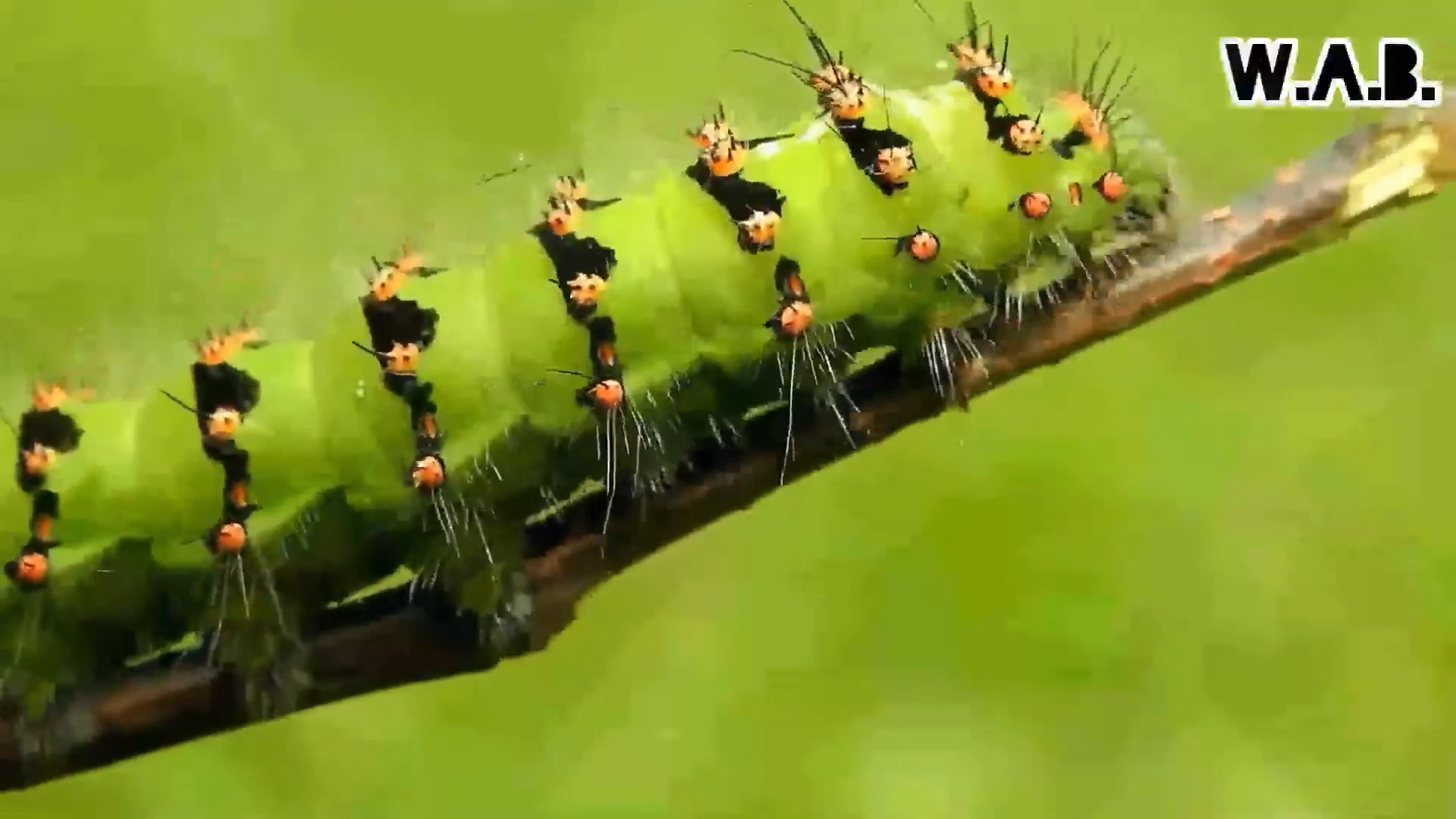Hey there, curious minds! Have you ever wondered why caterpillars have those extra, stubby little legs known as “prolegs”? Well, you’re not alone. Scientists have finally cracked the case, and it turns out, these chubby appendages have quite the fascinating history. They can trace their origins back to the ancient crustaceans that insects evolved from during the Ordovician period over 400 million years ago. Yes, you read that right!
So, picture this Insects, by default, come with six legs. It’s kind of their thing, except when they break the rules. Caterpillars, the cute, chubby larvae of butterflies and moths, decided to do just that. They sprouted these additional sets of limbs called “prolegs.” And not just them; a few other insect larvae and even some adults joined the proleg club. Now, you might be wondering why on Earth they evolved to have these peculiar extra legs. Well, join the club of puzzled scientists!
The Origin Story
To understand the mystery of prolegs, we need to delve deep into the past. Over 400 million years ago, during the Ordovician period, insects were still figuring out what six-legged life was all about. At that time, our insect ancestors shared a common heritage with their aquatic cousins: crustaceans. These were the arthropods that frolicked beneath the waves.
Fast forward to the present, and we find ourselves peering at caterpillars and their quirky prolegs. These aren’t just tiny feet; they’re dynamic, suction-cup-like structures that help caterpillars grip onto leaves, branches, and even walls with ease. The weird thing is, while they’re incredibly helpful for caterpillars, scientists puzzled over why these extra limbs exist at all. Did they have a crustacean connection, or was it just a fluke?
The Revelation
Recent research has shed light on this puzzling phenomenon. It seems that prolegs were once commonplace among the primitive arthropods that include our crustacean ancestors. These little crustaceans used these leg-like structures for a variety of purposes, much like how caterpillars use their prolegs today for grasping and maneuvering.
Over millions of years, as insects adapted to their terrestrial lives, some lineages began to lose these ancestral appendages. However, a few, like caterpillars, retained them and found innovative ways to use prolegs to their advantage.
In essence, the story of caterpillars and their prolegs is a tale of adaptation. These ancient structures, dating back to our crustacean roots, have been repurposed by caterpillars, helping them become the charming, chubby crawlers we know today.
So, there you have it, folks! Caterpillars didn’t just decide to sprout extra legs for the fun of it. Their quirky prolegs are a testament to the intricate web of evolution that connects the past with the present. Who would have thought that these chubby little appendages would hold such a deep and ancient history? Nature’s mysteries, it seems, are often hidden in plain sight, waiting for curious minds to unravel them.


Leave a Reply